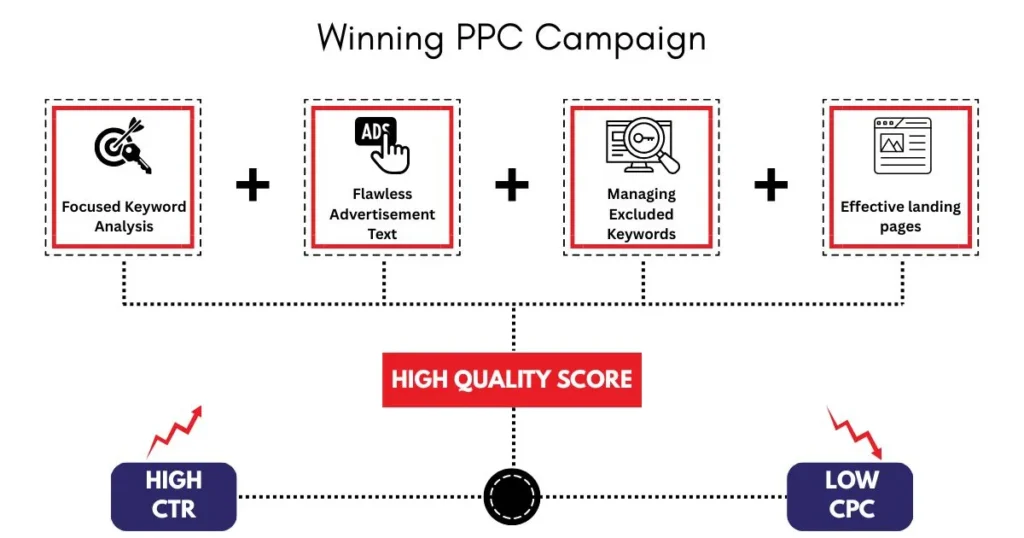
Businesses use Pay-Per-Click (PPC) advertising to directly reach their target audience, which they can measure through this method. Establishing successful Pay-Per-Click (PPC) campaigns goes beyond keyword bidding. The PPC’s success depends on a complete comprehension of keyword selection and ad copy creation combined with landing page optimization and targeting method advancement.
Continuous optimization drives PPC campaigns because they are dynamic systems. The evolution of the digital world demands corresponding changes to your approaches and methods. This guideline will educate readers about proven PPC best practices designed to produce successful results-based campaigns.
Table of Content
- 1 How to Choose Keywords for PPC Campaigns?
- 2 Writing Ad Copy That Converts
- 3 Landing Page Optimization for PPC
- 4 A/B Testing Your PPC Ads
- 5 The Role of Negative Keywords in Campaigns
- 6 How to Set Up Retargeting Campaigns
- 7 Budgeting Tips for PPC Advertising
- 8 Geo-Targeting Strategies in PPC
- 9 Advanced Audience Targeting Techniques
- 10 Frequent PPC Errors and How to Correct Them
- 11 Conclusion
How to Choose Keywords for PPC Campaigns?
Every Pay-per-click advertisement begins with keywords. The selection of proper keywords determines whether your ads will succeed or fail. To select successful keywords for PPC campaigns, follow this procedure:
Start with a Broad Strategy
Start your strategy by selecting wide-ranging topics that pertain to what your business sells or provides to the market. Strategic keyword searches can be conducted through Google Keyword Planner SEMrush and Ahrefs to discover terms that customers actually use to find information.
Use Long-Tail Keywords
Long-tail keywords consist of extended and precise search terms that draw users with better conversion potential, even though they also attract less traffic. The search terms with these keywords drive in prospective clients who show greater readiness to purchase.
Example: For your athletic shoe business, the general search term should be shoes. However, your targeted market would better respond to “best running shoes for women with flat feet.”
Analyze Search Intent
Users submit queries because they have specific intentions. Users seek various purposes when they search such as information about something want to buy something or require a solution to a specific problem. Your advertising copy and landing page pages become more effective by recognizing the way users intend to use their search queries.
- Informational Intent: Internet users look for information about PPC campaign improvement through their search activities.
- Navigational Intent: Individuals seeking access to “Digipro Agency PPC services” need this query to locate a specific website.
- Transactional Intent: The audience wants to secure PPC management services for purchase.
Your ads will display to the intended audience when you select keywords according to user intent.
How to Evaluate Competition and Search Volume?
You should use analytical tools to determine search volume data and competition levels. Ranging from challenging to expensive are highly competitive search terms because of their ranking difficulty. Businesses should pursue keywords with low competition among rivals that closely match their market.
Writing Ad Copy That Converts
The next step requires you to create intriguing ad text after keyword selection. The ad text needs to grab readers’ attention before delivering value propositions and pushing them toward a click action.
Highlight Your Unique Selling Proposition (USP)
What distinguishes your product and service portfolio from other rivals within the market? What separates your product from competitors is pricing, quality, or customer service alone. Make certain your advertising message demonstrates the unique selling proposition to readers in an uncomplicated way.
Example: “Affordable PPC management for small businesses – Increase your ROI today.”
Use Action-Oriented Language
Users should take action through action verbs that include “Get,” “Shop,” “Start,” or “Discover.”
Example: The free PPC audit service is available now.
Keep It Relevant to Your Keywords
Ad copy needs to match exactly the keywords that you are bidding on for these keywords. Users tend to click on ads whenever their search terms are visible within the advertisement.
Example: The keyword “buy running shoes” requires a direct mention in your ad content, either as “buy running shoes” or another equivalent phrase.
Add Ad Extensions
Your ad will become more prominent on search results by using ad extensions specifically site links with callouts and structured snippets.
Landing Page Optimization for PPC
Potential customers reach the landing page after clicking on your PPC advertisement. Saving your landing pages for optimization remains crucial since they determine visitor conversion to leads or customers.
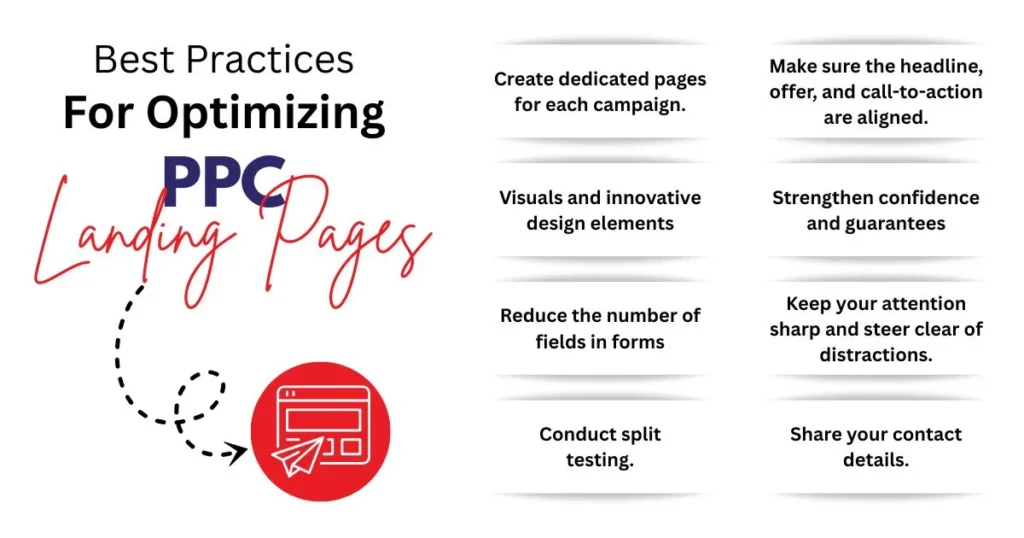
Match Landing Page Content with Ad Copy
The content presented on your landing page should synchronize with the promotional statements in your advertising copy. Users must see the offer of free consultation on landing pages corresponding to advertisements that promise this benefit.
Make Navigation Easy
Provide a webpage that serves users with easy navigation and convenience. Focus all elements of the page toward the conversion goal, which includes form submission, purchase completion, or newsletter sign-up.
Use a Strong Call-to-Action (CTA)
The British Information Technology Network must follow a clear path for visitors to understand their next move. Action-oriented phrases including “Get Started” and “Claim Your Free Trial,” should appear in your CTA.
Speed Matters
Your landing page load time directly affects visitor retention, as slow loading times make people leave the page, which in turn decreases Quality Score and raises costs per click. PageSpeed Insights by Google serves as a testing tool to help optimize the speed of your page load times.
A/B Testing Your PPC Ads
Split testing or A/B testing represents a method used to evaluate two different ad versions to choose the most effective one. Your PPC campaigns will reach their maximum effectiveness through testing various elements.
Test Headlines and Descriptions
Use different headlines and descriptions to identify the versions that create maximum engagement with your audience. Positive modifications to specific elements will produce substantial growth in the number of users who click through (CTR).
Test Ad Extensions
Your ads will experience different visibility levels as well as performance results based on different ad extension choices. Different extension tests with site links, call extensions and location extensions will help determine the most beneficial option.
Measure and Adjust
Your choices should be based on the outcomes gathered from A/B testing. Frequent adjustments of your advertising materials should occur based on data findings to achieve optimal performance results.
The Role of Negative Keywords in Campaigns
Your advertising system will exclude specific text combinations when using negative keywords. Your negative keywords function as a filtering system to block inappropriate traffic thus preventing waste of money on unproductive clicks.
How to Identify Irrelevant Keywords?
You should begin by selecting terms linked to your business that will not produce actual sales. The exclusion of search terms such as “cheap” or “free” would be appropriate for a high-end laptop sales business.
Regularly Update Your Negative Keyword List
Regular campaign inspections combined with negative keyword additions will prevent budget wastage from irrelevant clicks.
How to Set Up Retargeting Campaigns
Retargeting uses a strong approach to display advertisements to individuals who visited your website without completing a conversion. Your brand remains visible through retargeting thus improving the conversion rates.
Define Your Audience
Create segments of audience members based on their previous behaviours that include visiting particular product pages without completing a purchase.
Create Custom Ads
Craft advertising material that matches how users have interacted with content at previous opportunities. The platform presents promotional material for items that customers viewed but did not acquire.

Use Frequency Caps
The overexposure of ads to your audience should be prevented. You can implement frequency caps to determine the maximum number of times retargeting advertisements are displayed to users.
Budgeting Tips for PPC Advertising
To achieve PPC campaign success your strategy must include proper budgeting. Effective budget planning lets you maximize the efficiency of your ad spending while minimizing resource wastage.
Set Clear Goals
The first step toward budget preparation requires organisations to define meaningful campaign goals (such as lead generation or sales). The process establishes better financial resource distribution.
Use Bid Strategies
Select your bidding technique according to specific objectives. Manual bidding lets you set the values manually, but automated bidding changes your bids to optimize conversion rates.
Monitor and Adjust
PPC campaigns require constant monitoring. You should examine the budget regularly while making bid modifications to achieve optimal performance.
Geo-Targeting Strategies in PPC
The location data through geo-targeting enables you to select users according to their geographic position. The capability of targeting users by their geographical position makes it useful for businesses with local areas or campaigns in defined regions.
Target by Country, Region, or City
Create your advertising campaigns to reach audience members located in chosen countries, states, or cities that have access to your available products or services.
Use Location Extensions
The Google Ads function of location extensions provides users with your operational address and contact number to facilitate communication between them and your establishment.
Advanced Audience Targeting Techniques
Audience targeting goes beyond demographics. Through this method, you can identify and reach users based on how they behave and what interests them, alongside previous contacts they had with your brand.
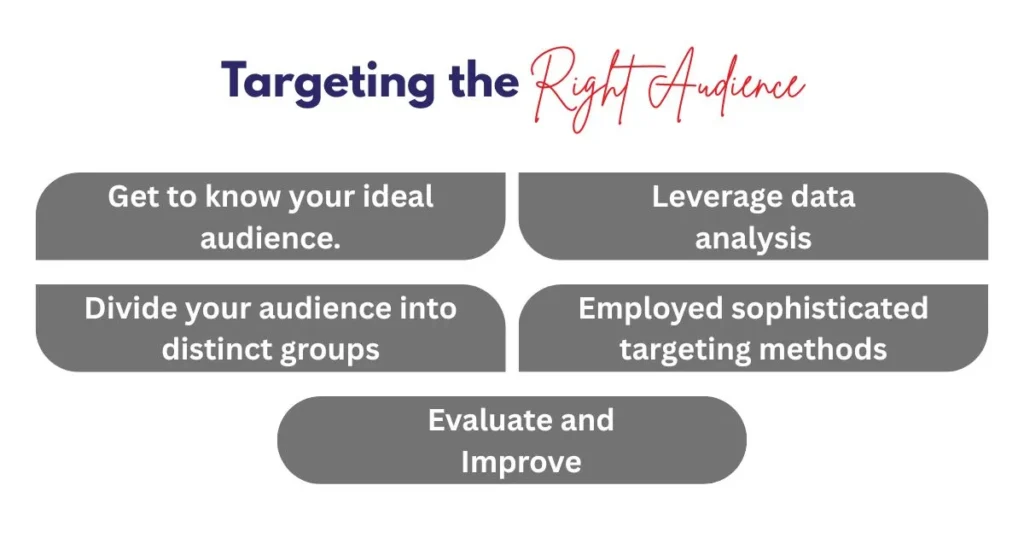
In-Market Audiences
Your Google Ads campaign lets you reach in-market audiences that actively research or evaluate buying products that match your offerings.
Custom Intent Audiences
Build custom audiences through keyword and URL selection to get audience members who will convert.
Frequent PPC Errors and How to Correct Them
Every PPC marketer occasionally fails to execute successful campaigns. These are the typical PPC mistakes along with solutions to solve them:
Not Monitoring Campaigns Regularly
The failure to monitor campaign performance together with the neglect of optimizations results in unnecessary expenses on advertising. Regular monitoring acts as a vital requirement for achieving campaign success.
Poor Keyword Selection
The wrong selection of keywords together with failure to employ negative keywords may result in unwanted traffic. Regular review along with keyword research will help you select appropriate search terms.
Ignoring Mobile Users
The growing number of mobile device searches demands proper optimization of ads and landing pages for these users.
Conclusion
The process of developing PPC campaigns requires conceptual Beauty as well as quantitative Methodology. Using precise keywords along with strong ad copywriting optimized landing pages and precise audience targeting techniques boosts ad performance while increasing return on investment. Regulating your campaign success requires continual evaluation together with optimization and learning from obtained results to guide your performance and market competition.
The next step is to implement the winning PPC campaign strategies that you learned because your business needs the results they can generate.
Featured Blogs
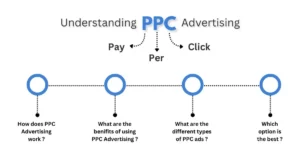
PPC Guide: Everything You Must Know
Pay-per-click (PPC) advertising proves itself as the top approach within digital marketing to deliver precise traffic while simultaneously boosting brand...
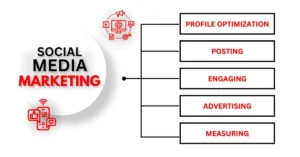
Social Media Marketing Basics: A Complete SMM Guide
Having success in modern digital marketing requires social media activity as a basic necessity for businesses that aim to expand...
Faran Bilal
Faran Bilal is a results-driven PPC and email marketing expert with a passion for helping businesses maximize ROI, generate high-quality leads, and drive conversions. With years of experience in Google Ads, Facebook Ads, and data-driven email campaigns, Faran excels in crafting targeted strategies that deliver measurable results. As a contributor to DigiPro, Faran shares expert insights, proven tactics, and in-depth guides on paid advertising, audience targeting, and email automation. Whether it's optimizing ad campaigns for better performance or designing high-converting email sequences, Faran is committed to empowering businesses with actionable marketing strategies. 📢 Follow Faran Bilal for the latest PPC & email marketing trends!
 Limited Spots Available! Apply Now!
Limited Spots Available! Apply Now!  Experience top-quality learning before you commit!
Experience top-quality learning before you commit!
Links will be automatically removed from comments.